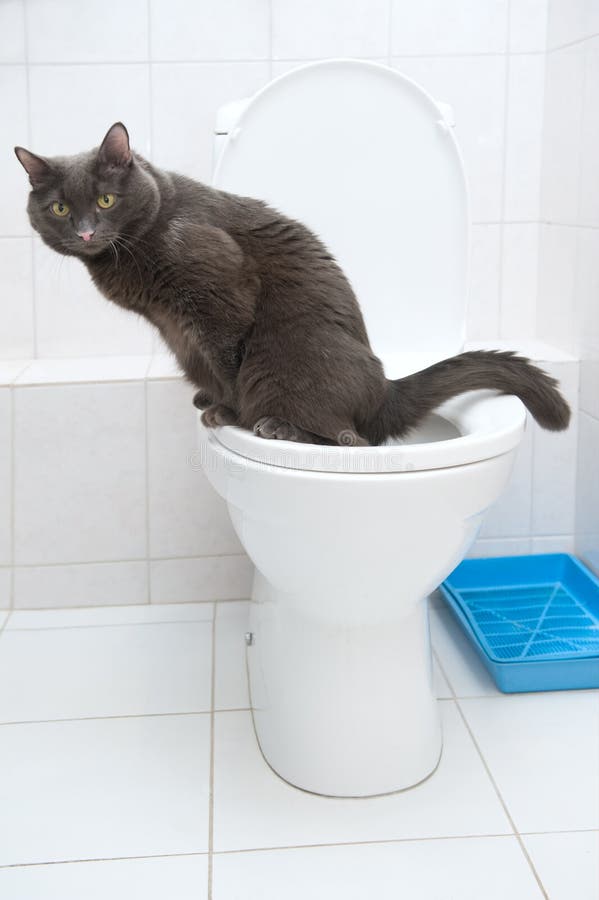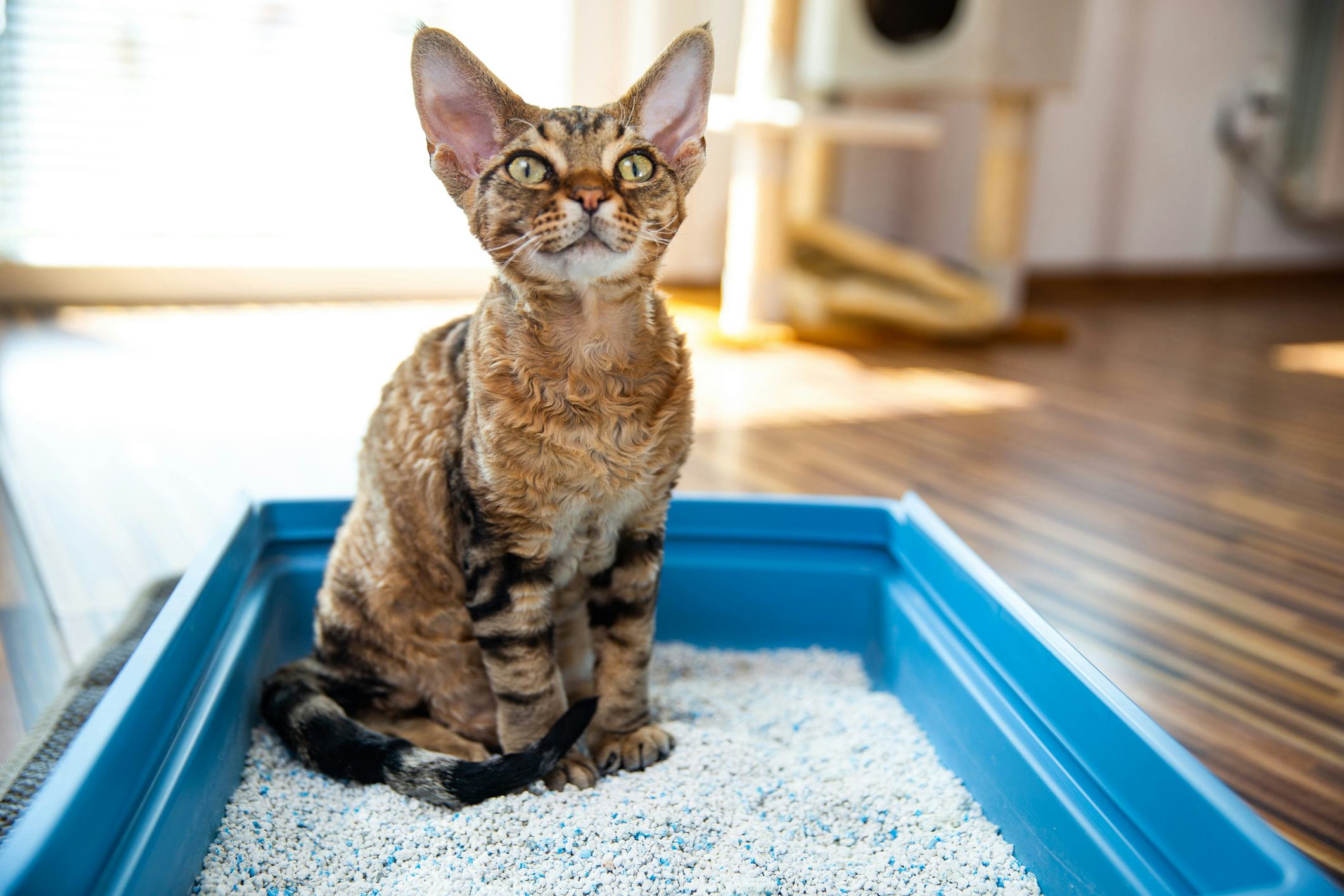Crucial Points Regarding Flushing Animal Waste Down the Toilet
Crucial Points Regarding Flushing Animal Waste Down the Toilet
Blog Article
How do you feel in regards to 4 Reasons Why Dog Poop Cleanup is Important?

When it comes to taking care of waste, especially animal waste, lots of people often turn to the hassle-free choice of flushing it down the commode. Nonetheless, this seemingly simple service can have major consequences for the atmosphere and public health. In this post, we'll check out why flushing pet waste down the bathroom is a poor idea and provide alternate approaches for correct disposal.
Introduction
Proper garbage disposal is essential for maintaining ecological sustainability and public health. While it may seem harmless to purge animal waste down the commode, it can bring about different issues, both for the atmosphere and human well-being.
Threats of flushing animal waste
Environmental influence
Flushing animal waste introduces damaging microorganisms and microorganisms into rivers, which can adversely influence aquatic ecosystems. These microorganisms can pollute water sources and injury aquatic life, disrupting fragile ecosystems.
Public health problems
Animal waste consists of harmful germs such as E. coli and Salmonella, which can posture severe health and wellness risks to people. Flushing pet waste down the commode can pollute water materials, bring about the spread of illness and infections.
Alternatives to flushing
As opposed to purging pet waste down the commode, there are numerous alternative disposal methods that are more environmentally friendly and sanitary.
Composting
Composting animal waste is a green means to dispose of it. By composting, raw material is broken down into nutrient-rich dirt, which can be used to fertilize yards and plants.
Garbage dump disposal
Taking care of pet waste in a garbage dump is one more option. While not as eco-friendly as composting, it is a much safer choice to flushing, as it prevents the contamination of water sources.
Family pet garbage disposal systems
There are specific pet garbage disposal systems readily available that securely and hygienically dispose of pet waste. These systems often utilize enzymes to break down waste and get rid of odors.
Actions to appropriate animal waste disposal
To make certain appropriate disposal of animal waste, adhere to these steps:
Scooping and bagging waste
Routinely scoop and bag animal waste making use of naturally degradable bags. This avoids waste from contaminating the setting.
Using marked waste containers
Dispose of bagged animal waste in designated waste containers, such as compost bins or landfill containers. Prevent flushing it down the toilet in any way prices.
Cleaning can and pet areas regularly
Frequently clean can and pet dog locations to prevent the buildup of waste and microorganisms. Use pet-safe cleaning items to maintain health.
Benefits of correct disposal methods
Taking on appropriate disposal approaches for animal waste supplies several benefits:
Reduced environmental pollution
Appropriate disposal techniques decrease the threat of environmental pollution, securing rivers and environments from contamination
Minimized risk of water contamination.
By preventing flushing pet waste down the toilet, the threat of water contamination is considerably decreased, guarding public health.
Boosted sanitation and hygiene
Proper disposal methods promote better sanitation and hygiene, producing a much safer atmosphere for both people and animals.
Conclusion
In conclusion, flushing pet waste down the commode is dangerous to the setting and public health. By adopting alternate disposal methods and adhering to appropriate waste management techniques, we can lessen the negative influence of animal waste and contribute to a cleaner, much healthier planet.
What To Do With click here Dog Poo – The Do's And Don'ts Of Disposing Of Faeces
Dog poo bins
Some councils provide dedicated dog waste bins in popular dog-walking areas that can take dog poo that has been bagged but you can legally dispose of dog waste in any public litter bin, as long as it is securely bagged. This also applies to your wheelie bin at home.
Do not flush
Water companies do not recommend flushing dog faeces down the toilet because certain parasites can survive the water processing treatment and are potentially harmful to humans. You should also never consider flushing dog poo that has been bagged down the toilet as the bags will not break down and instead create severe blockages in the sewage system.
In the woods
The Forestry Commission promotes a ‘stick and flick’ method for dealing with waste in the woods. This means finding a stick and using it to flick any poo from off the path so that it is out of the way of other walkers. You could also bury it as long as it is not in an area where there might be livestock.
Livestock
Parasites found in dog poo can be transmitted to livestock if they inadvertently eat infected faeces that has been left on grazing land. This could result in the death of sheep or abortion in cattle so you should always make sure you pick up your dog’s waste in fields where livestock could be present.

Frequently clean can and pet dog locations to prevent the buildup of waste and microorganisms. Use pet-safe cleaning items to maintain health.
Benefits of correct disposal methods
Taking on appropriate disposal approaches for animal waste supplies several benefits:
Reduced environmental pollution
Appropriate disposal techniques decrease the threat of environmental pollution, securing rivers and environments from contamination
Minimized risk of water contamination.
By preventing flushing pet waste down the toilet, the threat of water contamination is considerably decreased, guarding public health.
Boosted sanitation and hygiene
Proper disposal methods promote better sanitation and hygiene, producing a much safer atmosphere for both people and animals.
Conclusion
In conclusion, flushing pet waste down the commode is dangerous to the setting and public health. By adopting alternate disposal methods and adhering to appropriate waste management techniques, we can lessen the negative influence of animal waste and contribute to a cleaner, much healthier planet.
What To Do With click here Dog Poo – The Do's And Don'ts Of Disposing Of Faeces
Dog poo bins
Some councils provide dedicated dog waste bins in popular dog-walking areas that can take dog poo that has been bagged but you can legally dispose of dog waste in any public litter bin, as long as it is securely bagged. This also applies to your wheelie bin at home.
Do not flush
Water companies do not recommend flushing dog faeces down the toilet because certain parasites can survive the water processing treatment and are potentially harmful to humans. You should also never consider flushing dog poo that has been bagged down the toilet as the bags will not break down and instead create severe blockages in the sewage system.
In the woods
The Forestry Commission promotes a ‘stick and flick’ method for dealing with waste in the woods. This means finding a stick and using it to flick any poo from off the path so that it is out of the way of other walkers. You could also bury it as long as it is not in an area where there might be livestock.
Livestock
Parasites found in dog poo can be transmitted to livestock if they inadvertently eat infected faeces that has been left on grazing land. This could result in the death of sheep or abortion in cattle so you should always make sure you pick up your dog’s waste in fields where livestock could be present.

We had been brought to that article about Don't Flush Your Pets Poo Down The Loo, Vet Warns from a good friend on another site. Loved our write up? Please share it. Let other people check it out. I praise you for your time. Come back soon.
Book Service Now Report this page